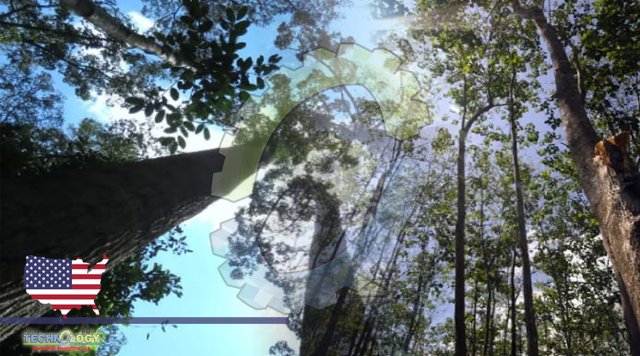Tree species is threatened with extinction Some 100 native tree species could die out amid an onslaught of invasive insects, a surge in deadly diseases and the all-encompassing peril of climate change

Tree species , The most endangered tree in the contiguous United States is most likely a battered old oak hidden deep in a Texas mountain range. Its trunk is scarred by a wildfire. Its limbs are weak from a fungal infection. Its habitat is imperiled by climate change. Scientists only realized the species still existed after stumbling upon the ailing specimen during an expedition this spring. And without swift action, researchers warn, Quercus tardifolia could truly disappear. The species is among some 100 U.S. trees staring down the barrel of extinction, according to a sweeping new assessment published Tuesday in the journal Plants People Planet. Amid an onslaught of invasive insects, a surge in deadly diseases and the all-encompassing peril of climate change, as many as 1 in 6 trees native to the Lower 48 states are in danger of being wiped out, the scientists say. The threatened list includes soaring coast redwoods, capacious American chestnuts, elegant black ash and gnarled whitebark pine.
Tree species , Yet only eight tree species are federally recognized as endangered or threatened. And 17 at-risk species aren’t conserved in any botanic gardens or scientific collections — including Quercus tardifolia. If they die off in the wild, these trees will be gone for good. “It’s easy to feel that gloom and doom because … the scope of the crisis is really, really great right now,” said Murphy Westwood, vice president for science and conservation at the Morton Arboretum in Illinois and a lead author of the study. “We’re losing species before they even get described.” The new study is the first to list and assess the health of all 881 tree species native to the contiguous United States — an achievement in and of itself, Westwood said, because conservation research rarely focuses on plants. She pointed to disparities in the International Union for the Conservation of Nature’s “Red List,” the preeminent global inventory for species’ conservation status. The list includes twice as many mammal species as members of the order Lamiales, which includes ash, teak and jacaranda trees — even though the latter group is nearly five times the size of the former.
Source: This news is originally published by washingtonpost